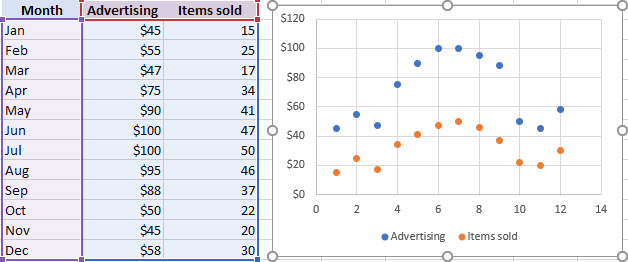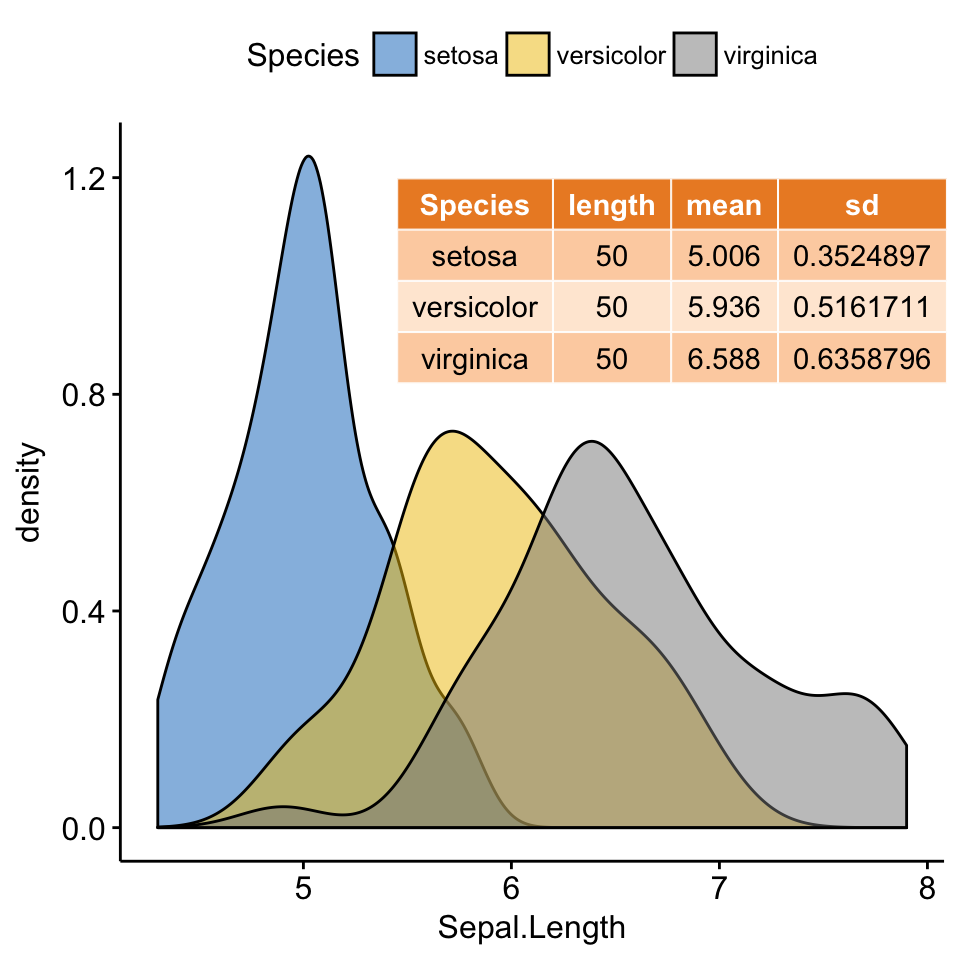

However, it is not a light read, and it presents an abstract graphical syntax that is meant to clarify his concepts. Wilkinson’s book is perhaps the most important one on graphics ever written. From this perspective, a pie chart is just a bar chart with a circular (polar) coordinate system replacing the rectangular Cartesian coordinate system. In his book, The Grammar of Graphics, Wilkinson showed how you could describe plots, not as discrete types like bar plots or pie charts, but using a “grammar” that would work not only for plots we commonly use but for almost any conceivable graphic. The “gg” in ggplot2 stands for the Grammar of Graphics, a comprehensive theory of graphics by Leland Wilkinson, which he described in his book by the same name. The ggplot2 package is extremely flexible, and repeating plots for groups is quite easy. Viewing the same plot for different groups in your data is particularly difficult. While R’s traditional graphics offers a nice set of plots, some of them require a lot of work.
#Multiple series scatter plot ggplot2 software#
The User Guide for that free software is here.
#Multiple series scatter plot ggplot2 code#
Graphs are quick to create that way, and it will write the ggplot2 code for you. An easy way to study how ggplot2 works is to use the point-and-click user interface to R called BlueSky Statistics. The arrows can help us understand the direction of change over time more clearly.Below are examples of graphs made using the powerful ggplot2 package. Now we have scatter plot with arrows connecting the paired data points. Ggsave("customizing_scatterplot_connecting_paired_points_with_lines_arrows_ggplot2.png") We can use arrow argument inside geom_line() specifying the type and the length of arrowhead. Customizing Scatterplot Connecting Paired Points with lines ggplot2 Connecting paired data points with arrowsĪnother useful customization to the scatter plot with connected points is to add arrow pointing the direction from one year to another. Ggsave("customizing_scatterplot_connecting_paired_points_with_lines_ggplot2.png")Īnd we get a nice scatter plot with paired points connected by line.

Geom_line(aes(group = paired),color="grey") Ggplot(aes(gdpPercap,lifeExp, color=year)) + We use color=”grey” argument inside geom_line(). We can change the size of scatter plot with size argument inside geom_point() and change the color of the connecting to lines to grey so that we can clearly see the data and the lines. Let us further customize the scatterplot with connected lines. Scatterplot Connecting Paired Points with lines ggplot2 Customizing the lines connecting paired data points Now we get a scatter plot connecting paired data with lines. Ggsave("scatterplot_connecting_paired_points_with_lines_ggplot2.png") In ggplot2 we can add lines connecting two data points using geom_line() function and specifying which data points to connect inside aes() using group argument. We can get that information easily by connecting the data points from two years corresponding to a country. Simple Scatter Plot with Legend in ggplot2 Connecting Paired Points with lines using geom_line()Īlthough we can glean a lot from the simple scatter plot, one might be interested in learning how each country performed in the two years. And also notice that the data from year 2002 is pretty different from 1952. We can see that lifeExp is higher for countries with higher gdpPercap. We have colored the data points by the third variable year. Ggsave("simple_scatterplot_with_legend_ggplot2.png") To start with, let us make a simple scatter plot using ggplot2. We will make scatter plot between lifeExp and gdpPercap for each country and connect the data from same country with lines.


 0 kommentar(er)
0 kommentar(er)
